Home>Kitchen & Cooking>Kitchen Gadgets & Utensils>Which Stand Mixer Attachment For Creaming Butter
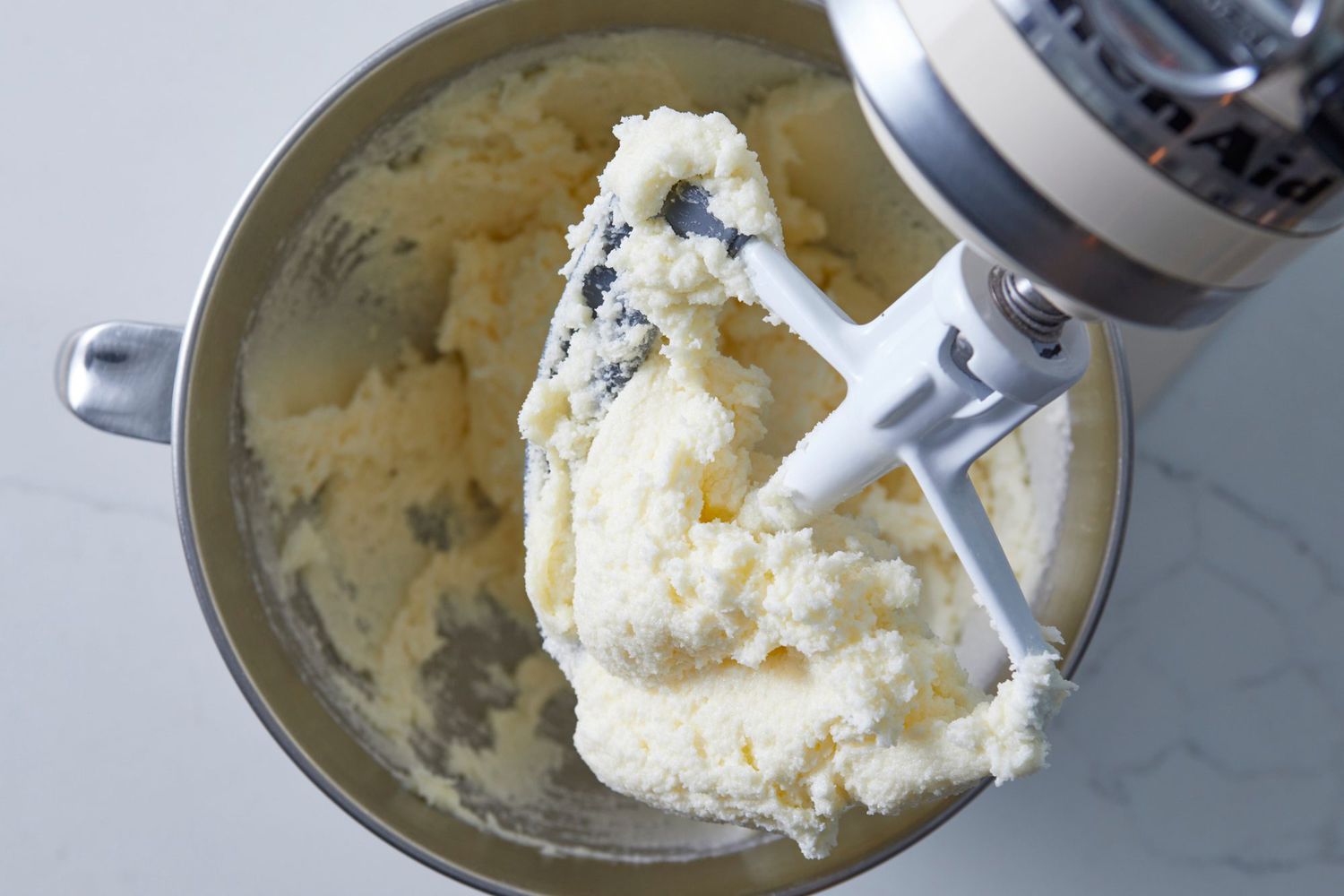

Kitchen Gadgets & Utensils
Which Stand Mixer Attachment For Creaming Butter
Modified: February 17, 2024
Discover the best stand mixer attachment for creaming butter and elevate your baking game with essential kitchen gadgets and utensils. Unlock the secret to perfectly creamy butter for your recipes.
(Many of the links in this article redirect to a specific reviewed product. Your purchase of these products through affiliate links helps to generate commission for Storables.com, at no extra cost. Learn more)
Introduction
When it comes to baking and cooking, a stand mixer is an indispensable tool that can make the process more efficient and enjoyable. Stand mixers often come with a variety of attachments designed to perform different tasks, and one common task is creaming butter. Creaming butter is a crucial step in many recipes, as it incorporates air into the butter, resulting in a light and fluffy texture that is essential for creating delicate and airy baked goods.
Choosing the right stand mixer attachment for creaming butter can significantly impact the outcome of your recipe. In this comprehensive guide, we will explore the various attachments available for stand mixers and discuss their suitability for creaming butter. Whether you are an experienced baker or a novice in the kitchen, understanding the different attachments and their functionalities will empower you to achieve the perfect consistency when creaming butter for your culinary creations.
Key Takeaways:
- Choose the hand mixer attachment for small batches and precise control when creaming butter. It’s easy to clean and perfect for delicate textures in cookies, cakes, and frostings.
- Opt for the paddle attachment when handling larger volumes of ingredients to streamline the creaming process. It efficiently blends and aerates butter, ensuring uniform texture for consistent baking and pastry making.
Hand Mixer Attachment
The hand mixer attachment, also known as the hand whisk, is a versatile tool that excels in tasks requiring gentle mixing and aeration. When it comes to creaming butter, the hand mixer attachment can effectively blend the butter and incorporate air to create a light and creamy texture. This attachment is ideal for smaller batches of ingredients and is particularly useful for recipes that call for careful monitoring of the mixing process.
Using the hand mixer attachment for creaming butter allows for precise control over the speed and movement, ensuring that the butter is evenly creamed without being overworked. Its compact size and maneuverability make it a convenient option, especially when working in tight spaces or when dealing with limited quantities of ingredients. Additionally, the hand mixer attachment is easy to clean and store, making it a practical choice for home bakers who value efficiency and convenience.
While the hand mixer attachment is effective for creaming butter, it may require more time and effort compared to other attachments, especially when working with larger volumes of ingredients. However, its ability to delicately incorporate air into the butter makes it a valuable tool for achieving the desired texture and consistency in various recipes, such as cookies, cakes, and frostings.
Overall, the hand mixer attachment is a reliable option for creaming butter, offering precision and control for achieving the perfect texture in your baked goods. Its versatility and ease of use make it a valuable addition to any baker’s arsenal, allowing for consistent and professional-quality results with every use.
Paddle Attachment
The paddle attachment, also known as the flat beater, is a staple in the arsenal of stand mixer attachments and is widely recognized for its versatility in various mixing tasks. When it comes to creaming butter, the paddle attachment is a powerhouse, capable of thoroughly blending the butter while gradually incorporating air to achieve a smooth and creamy consistency.
Unlike the hand mixer attachment, the paddle attachment is designed to handle larger volumes of ingredients, making it well-suited for recipes that require creaming substantial amounts of butter. Its broad, flat surface efficiently scrapes the sides and bottom of the mixing bowl, ensuring that all the butter is evenly incorporated and aerated. This comprehensive blending action results in a uniform texture, essential for achieving consistent and reliable outcomes in baking and pastry making.
One of the key advantages of the paddle attachment is its ability to streamline the creaming process, saving time and effort while delivering professional-quality results. Its robust construction and compatibility with various stand mixer models make it a popular choice among home bakers and professional chefs alike. Additionally, the paddle attachment’s ease of use and minimal maintenance requirements contribute to its appeal, allowing users to focus on the creative aspects of their culinary endeavors.
When using the paddle attachment for creaming butter, it is important to start at a low speed to prevent the butter from splattering and gradually increase the speed as the butter becomes smoother and incorporates air. This gradual approach ensures that the butter is aerated evenly and prevents the mixture from becoming overly dense or greasy. With the paddle attachment’s reliable performance and consistent results, it has become a trusted ally in the pursuit of perfect buttercream, cookie dough, and other delectable creations.
In summary, the paddle attachment is a formidable contender for creaming butter, offering efficiency, reliability, and versatility in handling various mixing tasks. Its ability to effortlessly blend and aerate butter makes it an essential tool for achieving the ideal texture and consistency in a wide range of recipes, elevating the baking experience to new heights of precision and excellence.
Use the paddle attachment for creaming butter in a stand mixer. It incorporates air into the butter, resulting in a light and fluffy texture for your baked goods.
Whisk Attachment
When it comes to incorporating air into ingredients and achieving a light and airy texture, the whisk attachment stands out as a formidable contender. While commonly associated with whipping cream and beating egg whites, the whisk attachment can also be utilized for creaming butter, especially in recipes that benefit from a more delicate and airy consistency.
When using the whisk attachment for creaming butter, it is essential to ensure that the butter is at an ideal temperature to facilitate the incorporation of air. Softened butter, at the right temperature, can be effectively whipped and aerated by the whisk attachment, resulting in a creamy and light texture that enhances the overall quality of baked goods. The whisk’s wire design allows for efficient aeration, creating a smooth and fluffy butter mixture that is well-suited for various recipes, including cakes, mousses, and frostings.
One of the key advantages of the whisk attachment is its ability to rapidly aerate the butter, expediting the creaming process and reducing the overall mixing time. This efficiency is particularly advantageous when working with recipes that require swift and thorough incorporation of air to achieve the desired texture. Additionally, the whisk attachment’s ability to create a voluminous and airy butter mixture contributes to the overall lightness and delicacy of the final baked products.
It is important to note that the whisk attachment may not be as effective for creaming denser or colder butter, as its design is optimized for aerating softer ingredients. However, when used in the appropriate context, the whisk attachment can elevate the creaming process, resulting in luxurious and velvety textures that enhance the sensory experience of the finished dishes.
In summary, the whisk attachment offers a unique approach to creaming butter, leveraging its aerating capabilities to create light and airy textures that elevate a wide range of recipes. Its efficiency in rapidly incorporating air and creating voluminous mixtures makes it a valuable tool for achieving delicate and sophisticated results in baking and pastry making, adding a touch of finesse to every culinary creation.
Conclusion
Choosing the right stand mixer attachment for creaming butter is a pivotal decision that can significantly impact the texture and quality of your culinary creations. Each attachment, whether it’s the hand mixer attachment, paddle attachment, or whisk attachment, offers unique advantages and functionalities that cater to different mixing requirements and preferences.
The hand mixer attachment, with its maneuverability and precision, is an excellent choice for smaller batches of ingredients and recipes that demand careful monitoring of the mixing process. Its ability to delicately blend and aerate butter makes it a valuable tool for achieving light and fluffy textures in various baked goods.
On the other hand, the paddle attachment stands out for its versatility in handling larger volumes of ingredients and streamlining the creaming process. Its comprehensive blending action ensures that the butter is evenly incorporated and aerated, resulting in a uniform texture that is essential for consistent and reliable outcomes in baking and pastry making.
Meanwhile, the whisk attachment’s aerating capabilities offer a unique approach to creaming butter, rapidly incorporating air to create light and airy textures that enhance the overall quality of baked goods. Its efficiency in creating voluminous and airy mixtures adds a touch of finesse to a wide range of recipes, contributing to delicate and sophisticated results.
Ultimately, the choice of stand mixer attachment for creaming butter depends on the specific requirements of your recipe, the desired texture of the end product, and your personal preferences as a baker. By understanding the strengths and capabilities of each attachment, you can make informed decisions that elevate your baking endeavors and empower you to achieve exceptional results with every creation.
Whether you opt for the precision of the hand mixer attachment, the versatility of the paddle attachment, or the aerating prowess of the whisk attachment, each attachment serves as a valuable ally in the pursuit of perfect buttercream, cookie dough, frostings, and other delectable delights. With the right attachment at your disposal, you can embark on a culinary journey filled with creativity, precision, and the joy of crafting exquisite baked goods that delight the senses and bring people together.
Frequently Asked Questions about Which Stand Mixer Attachment For Creaming Butter
Was this page helpful?
At Storables.com, we guarantee accurate and reliable information. Our content, validated by Expert Board Contributors, is crafted following stringent Editorial Policies. We're committed to providing you with well-researched, expert-backed insights for all your informational needs.
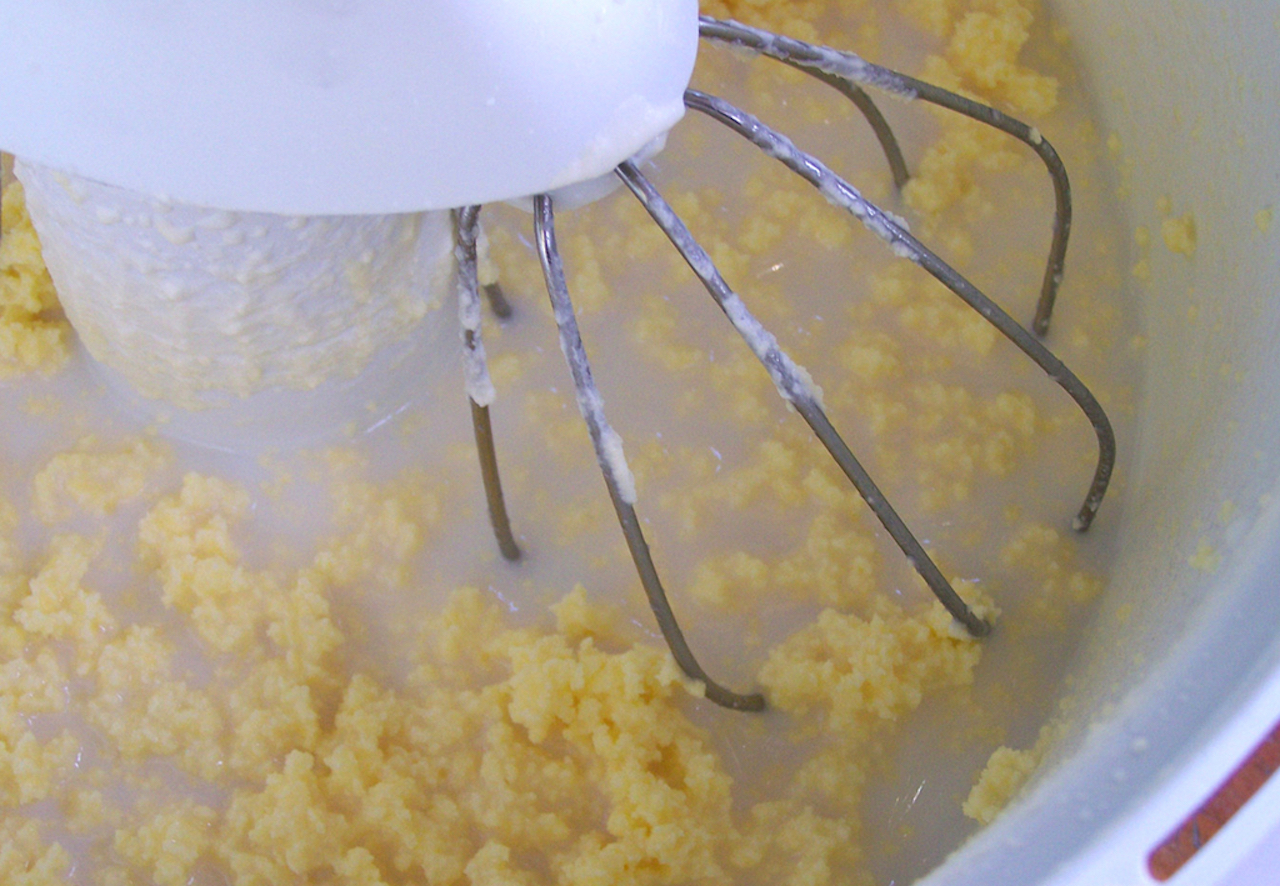
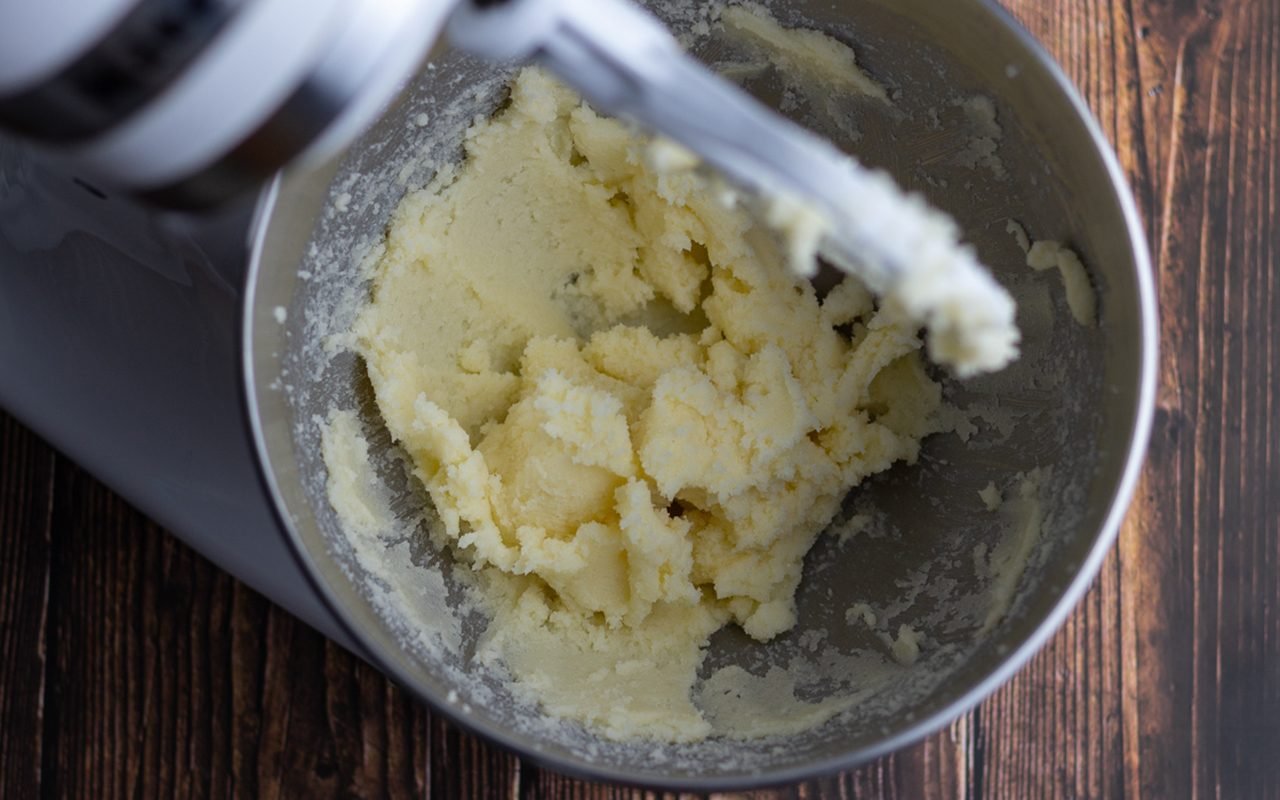
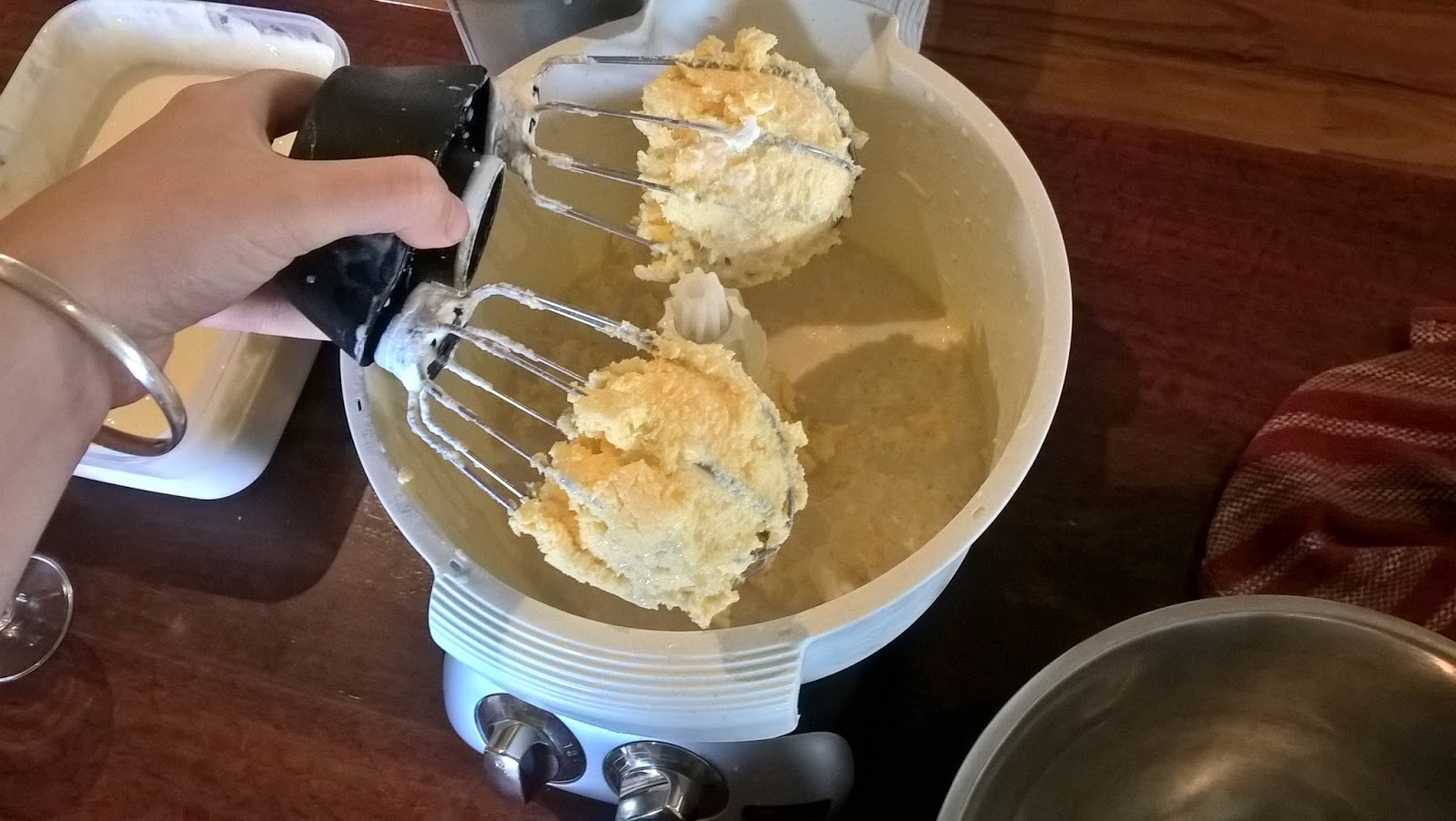
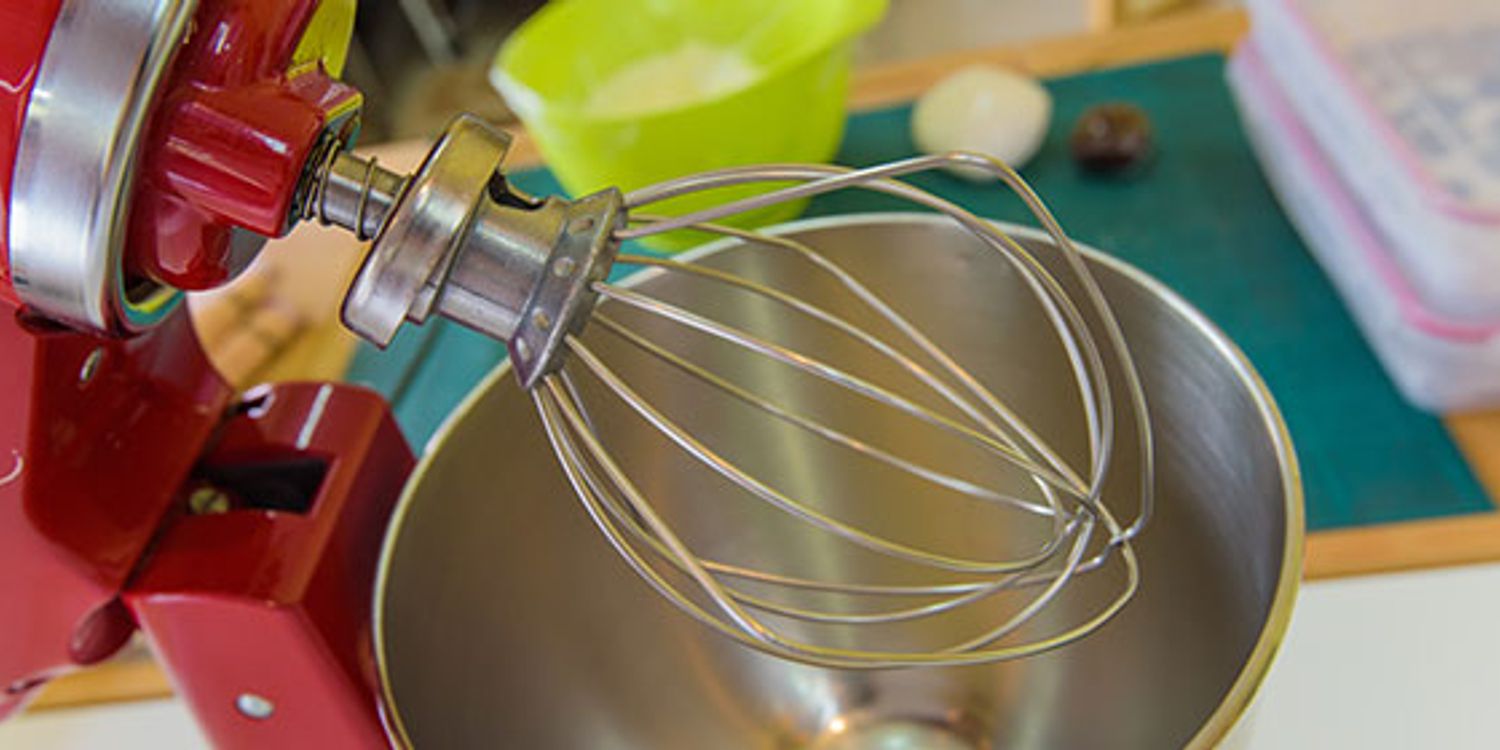
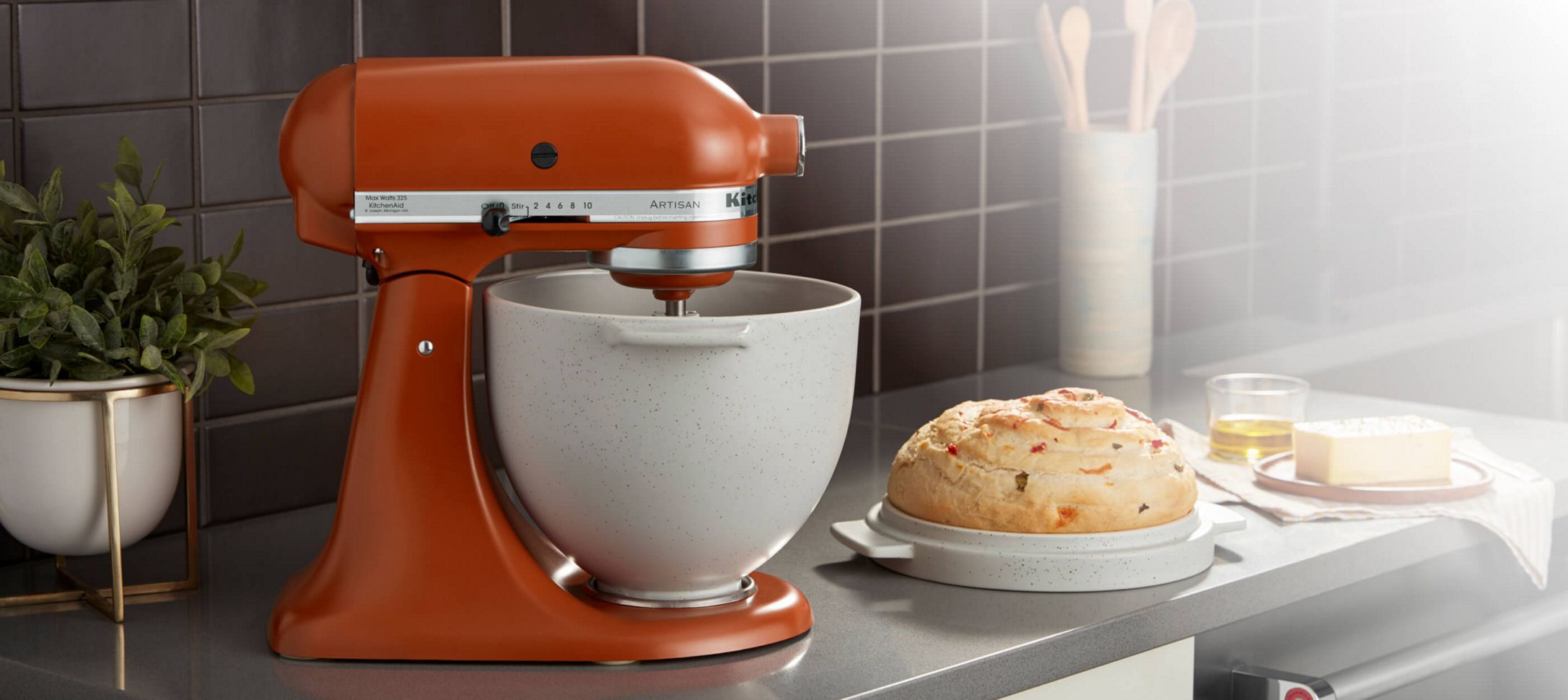
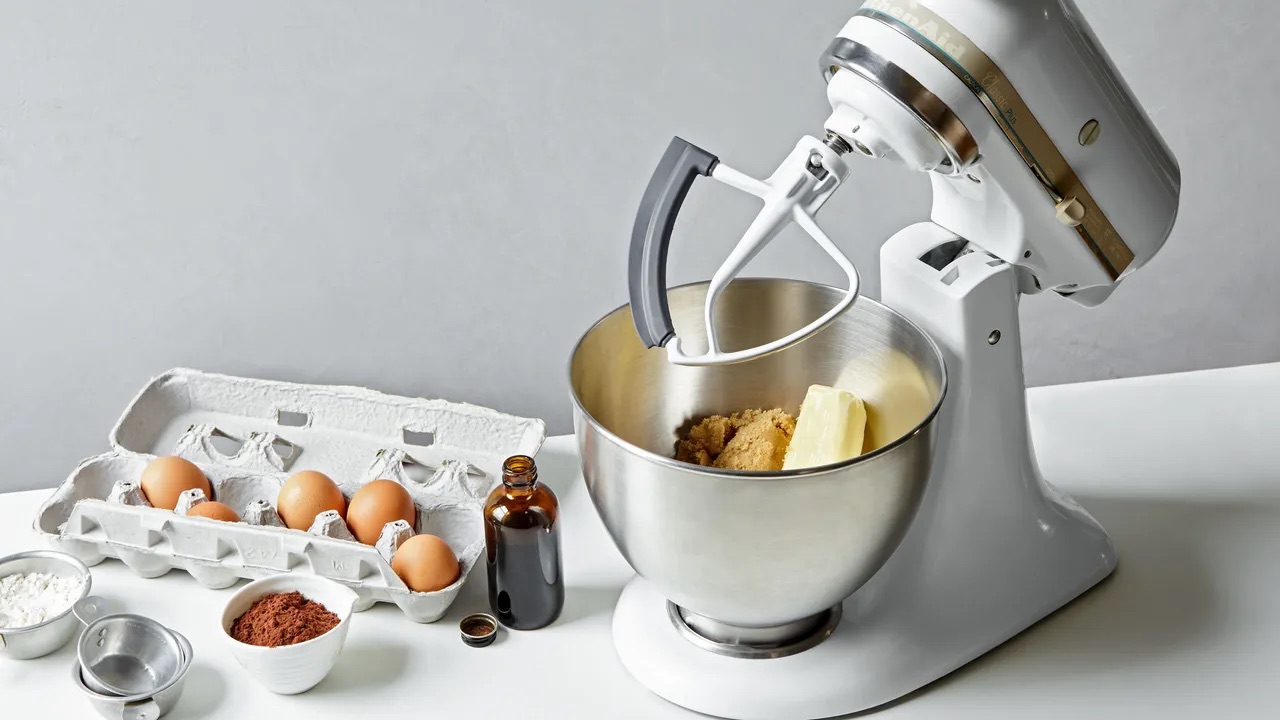
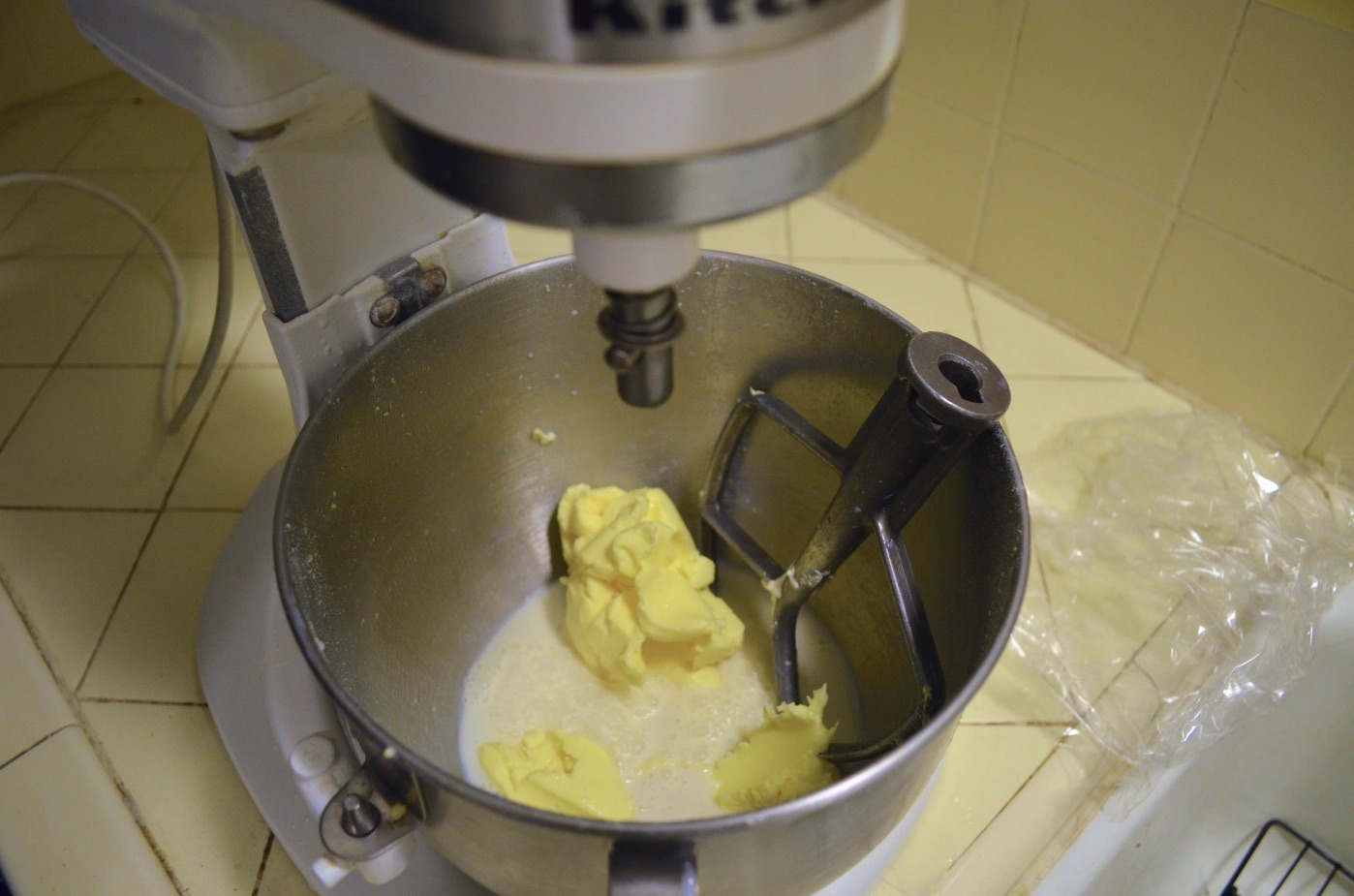
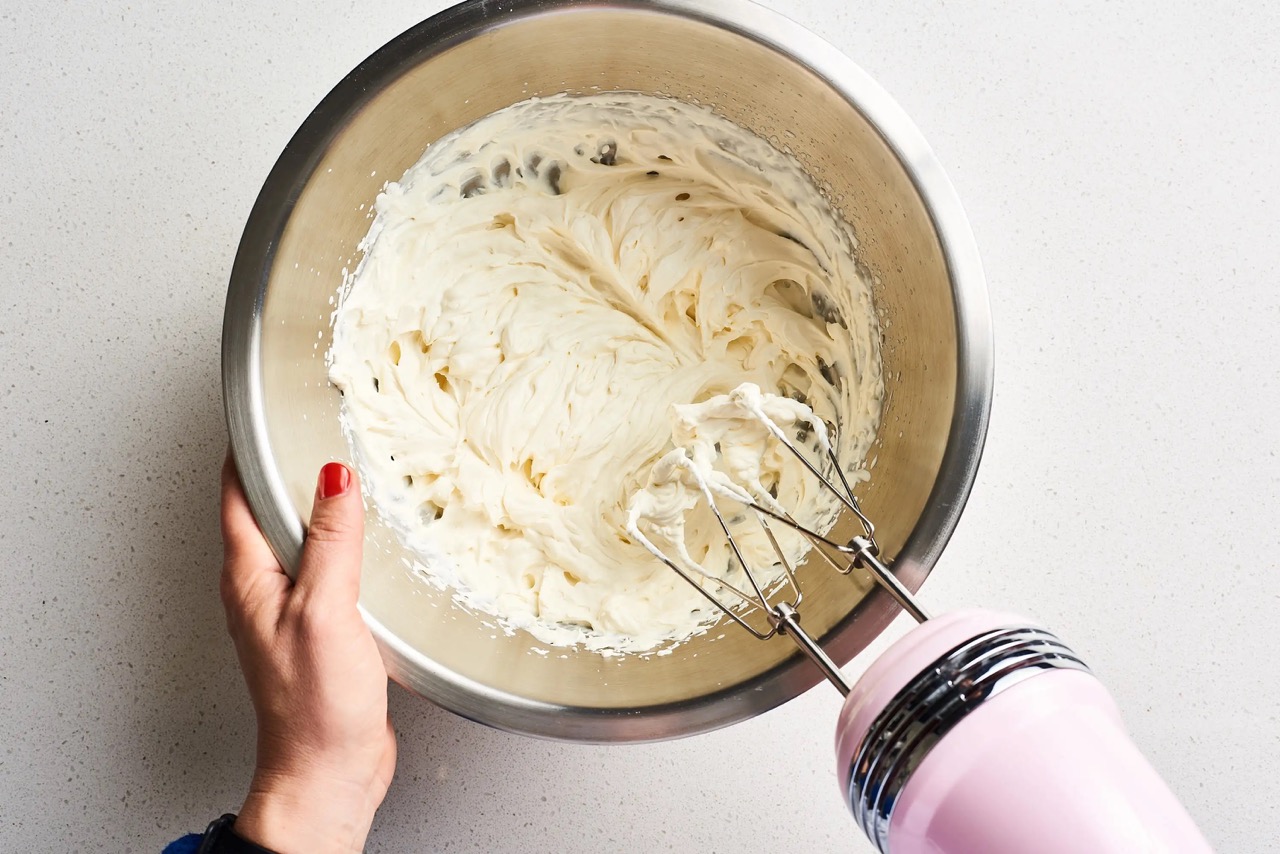
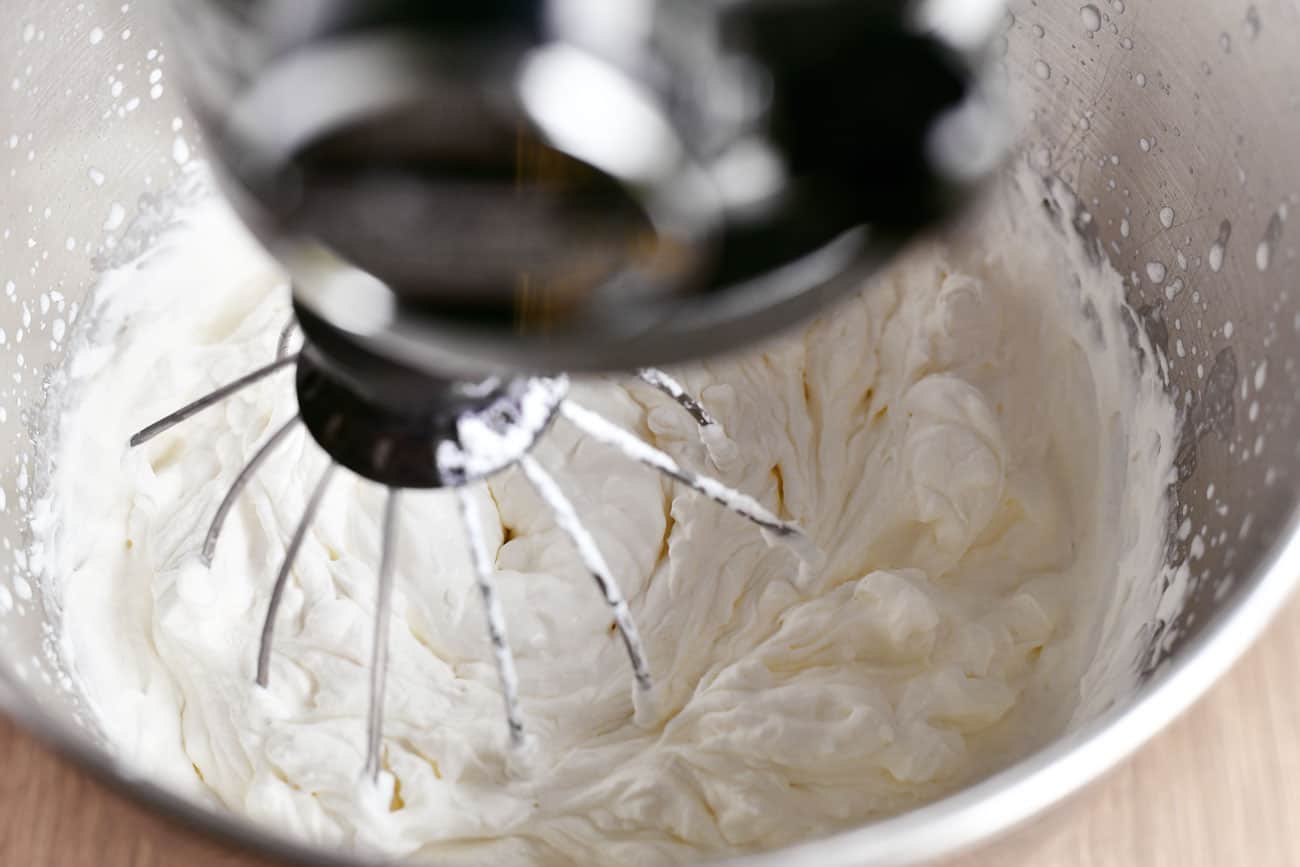
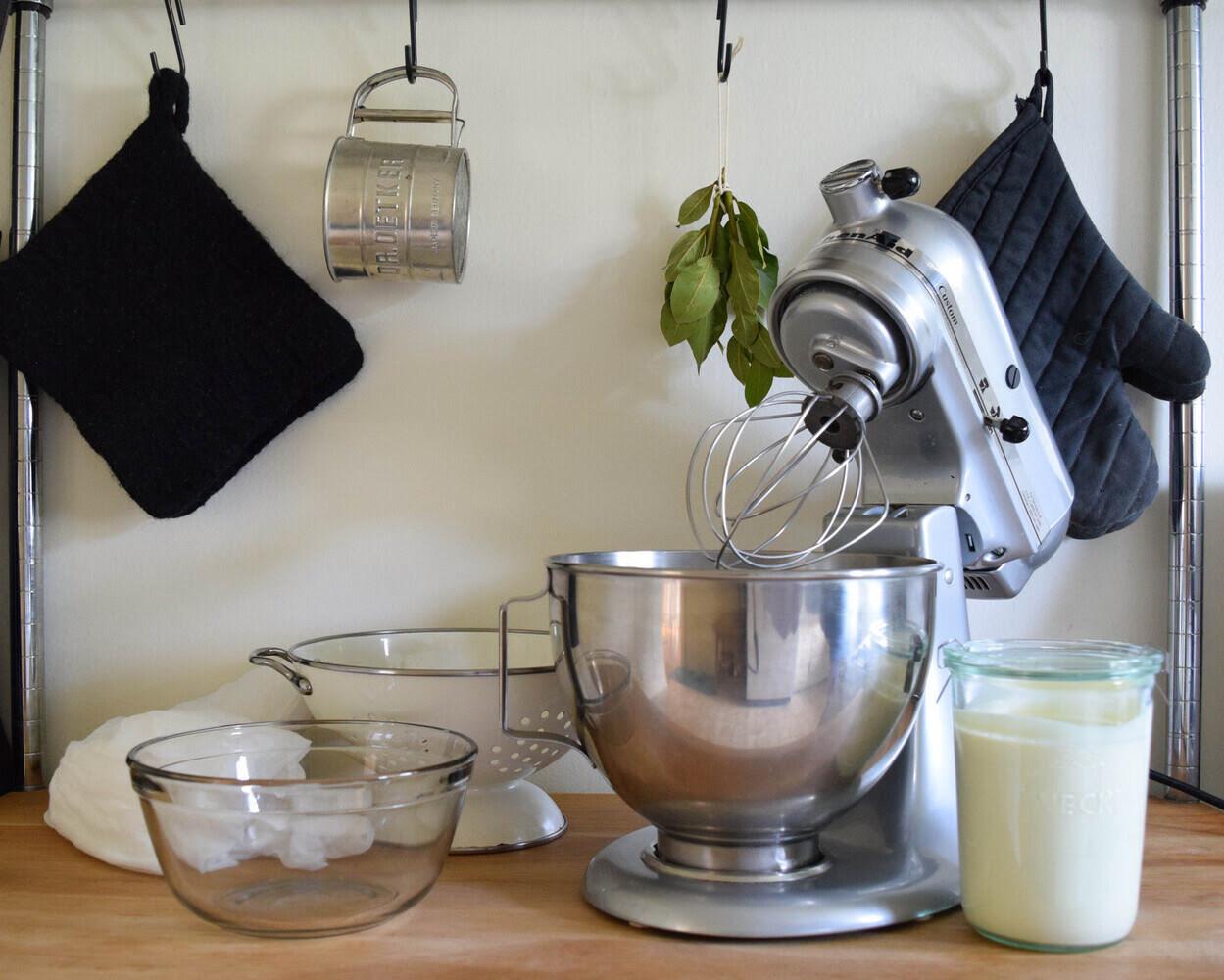
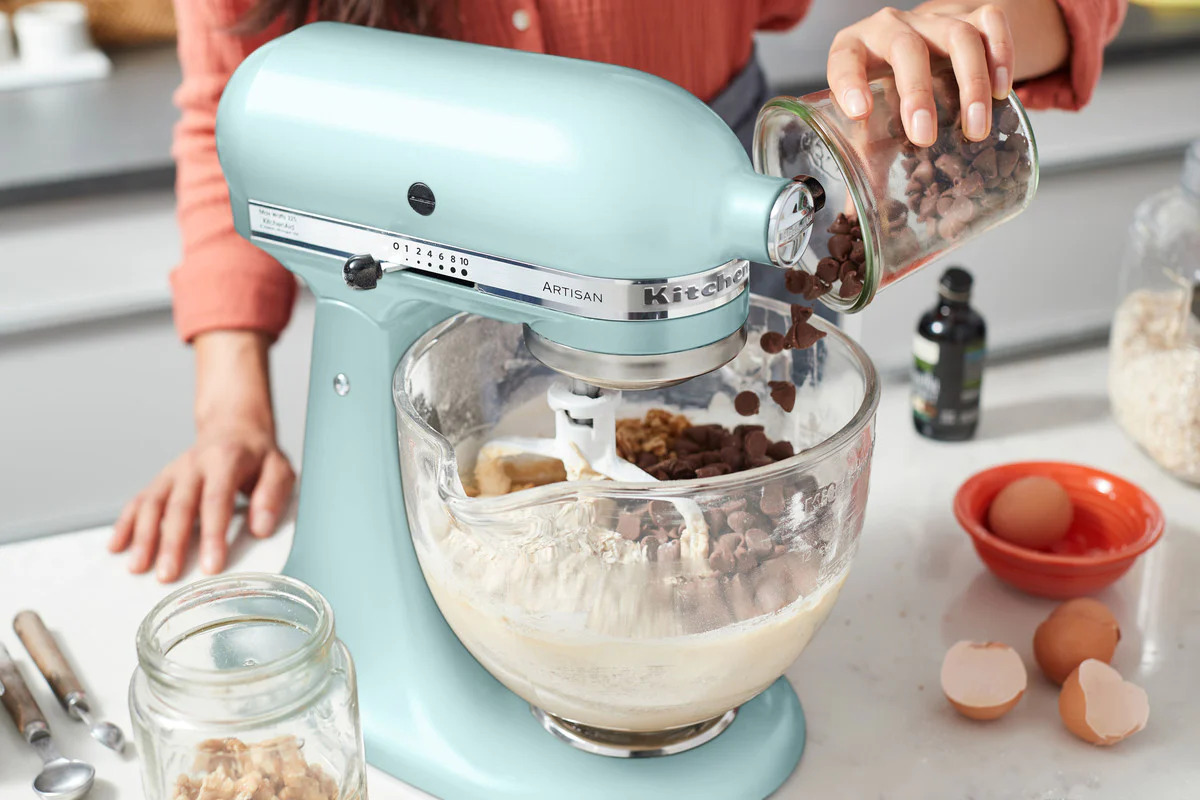
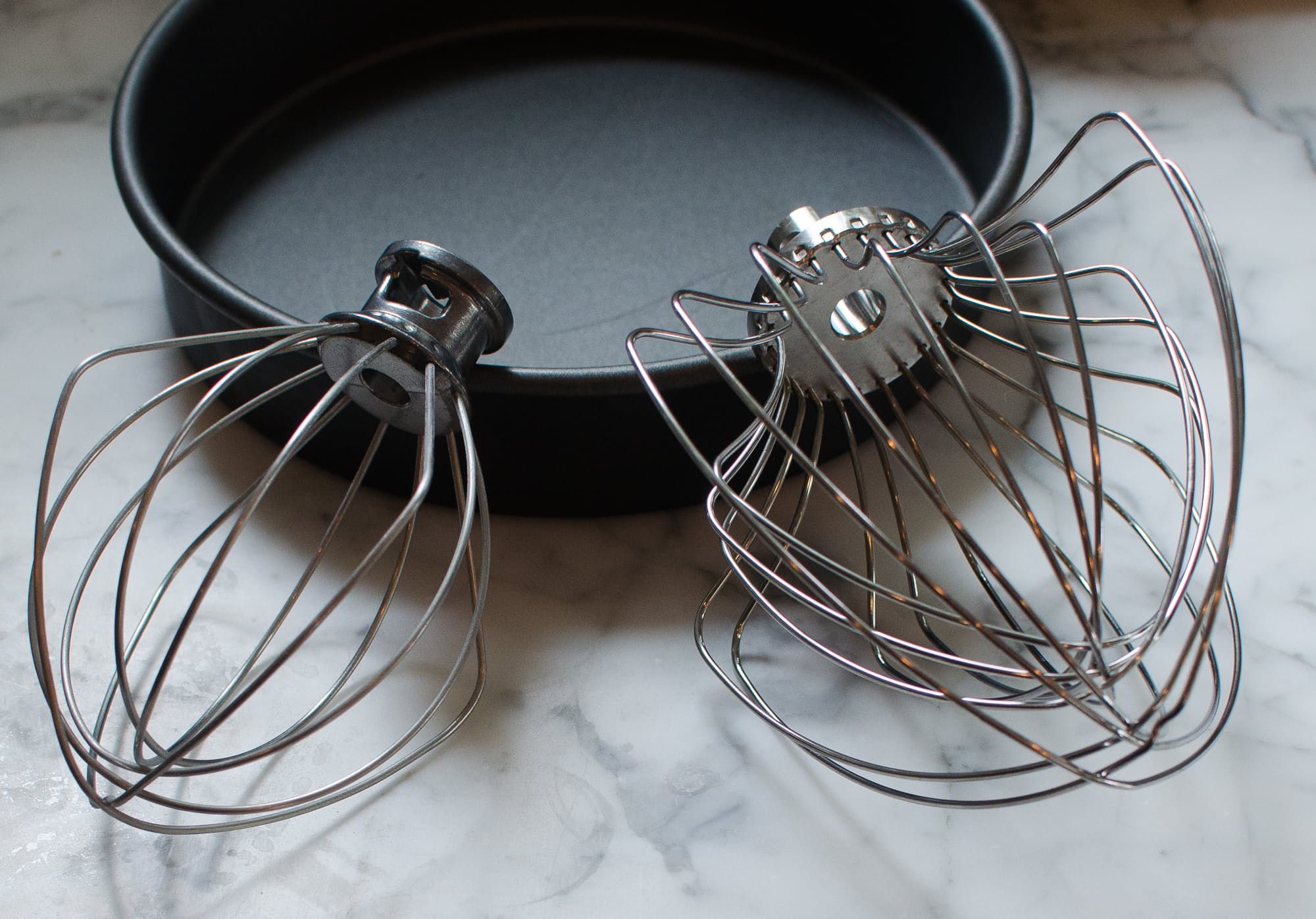
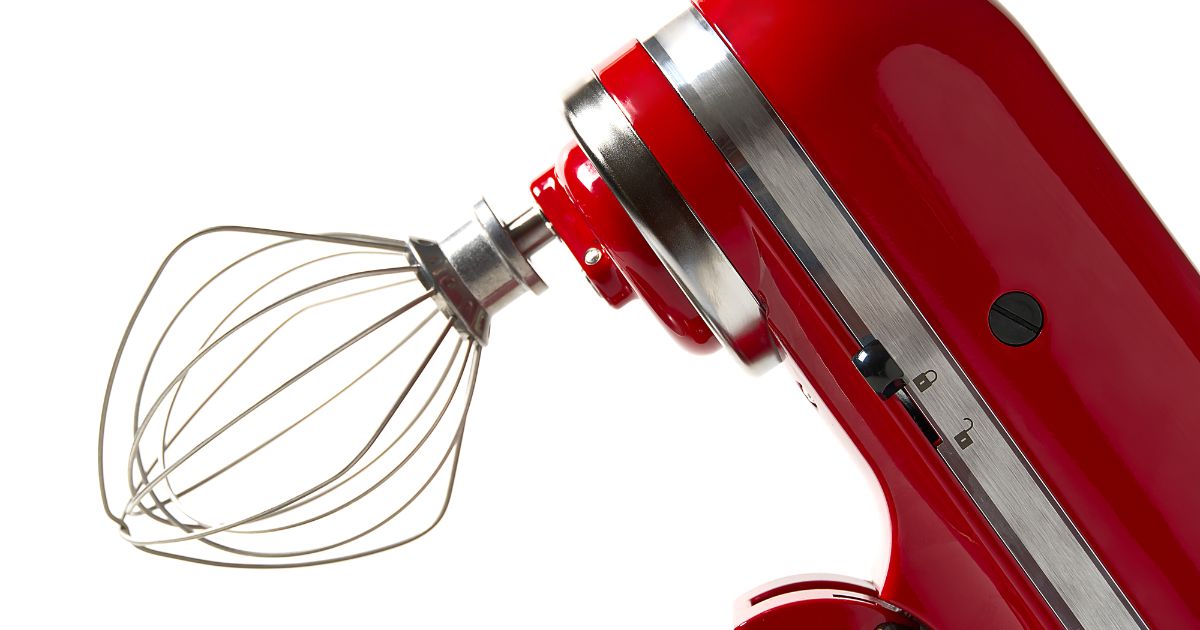
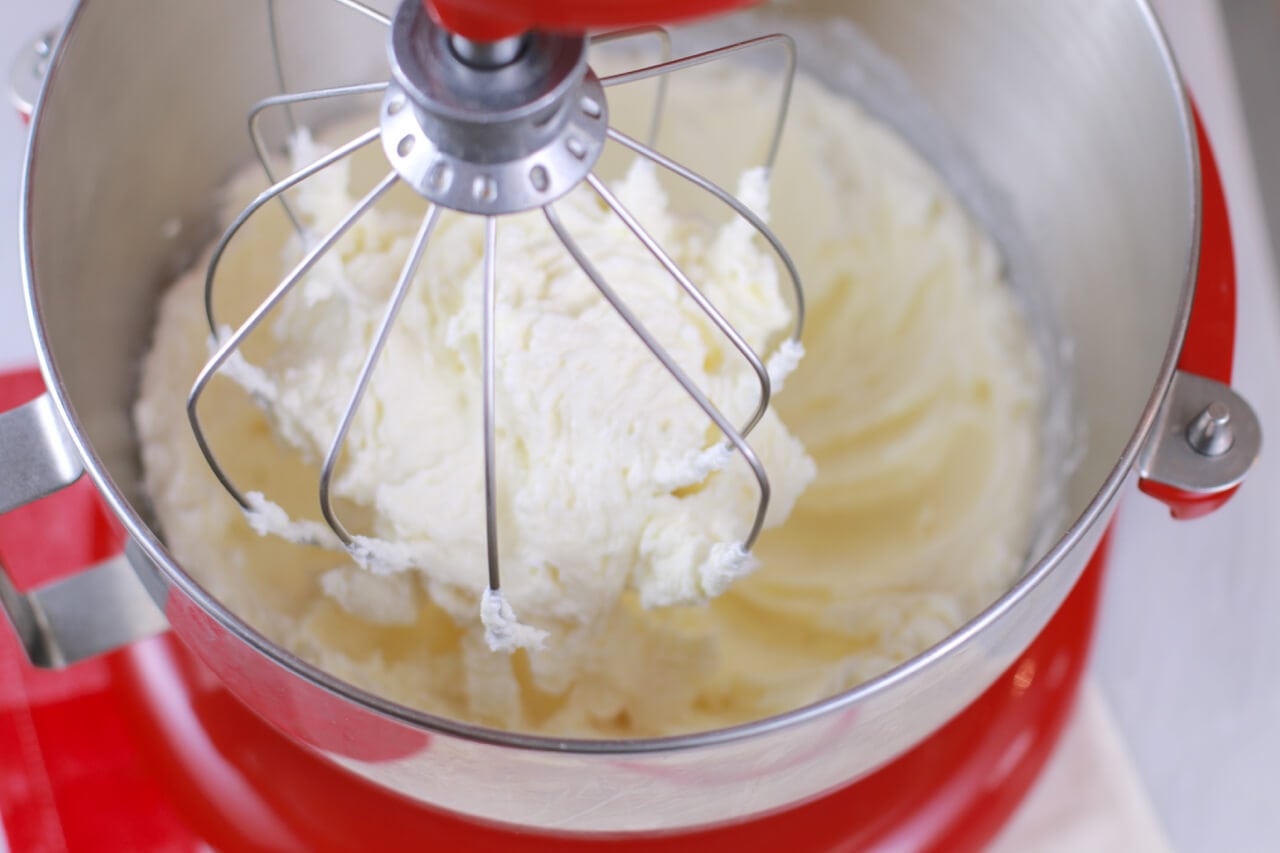
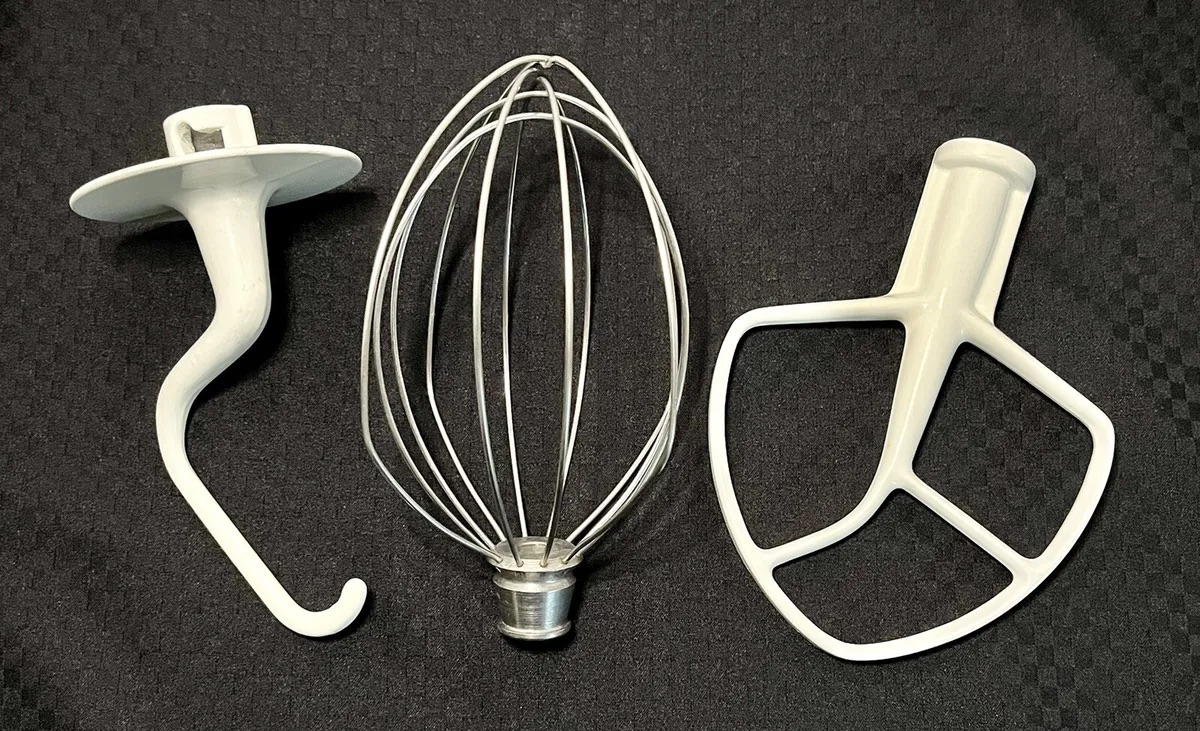

0 thoughts on “Which Stand Mixer Attachment For Creaming Butter”